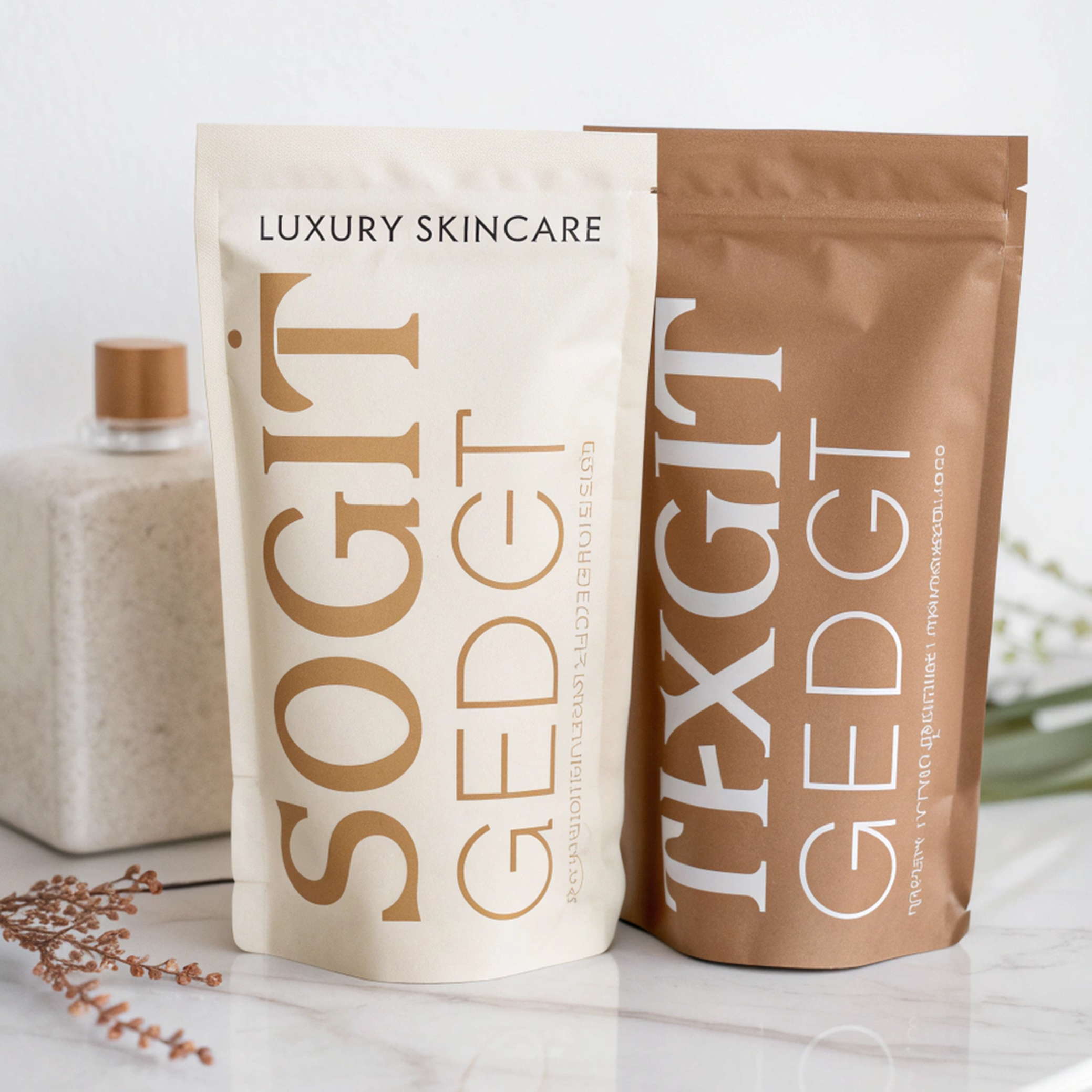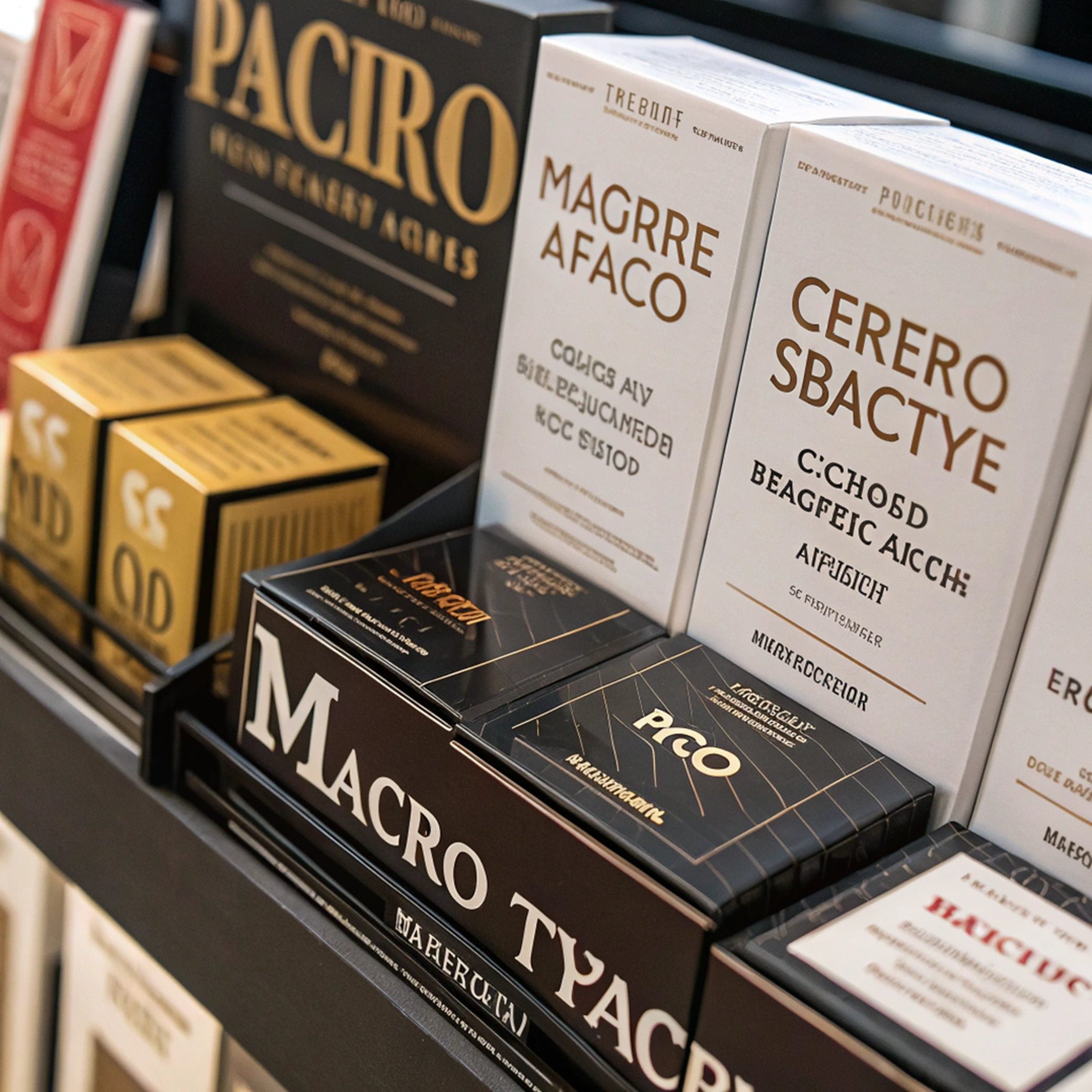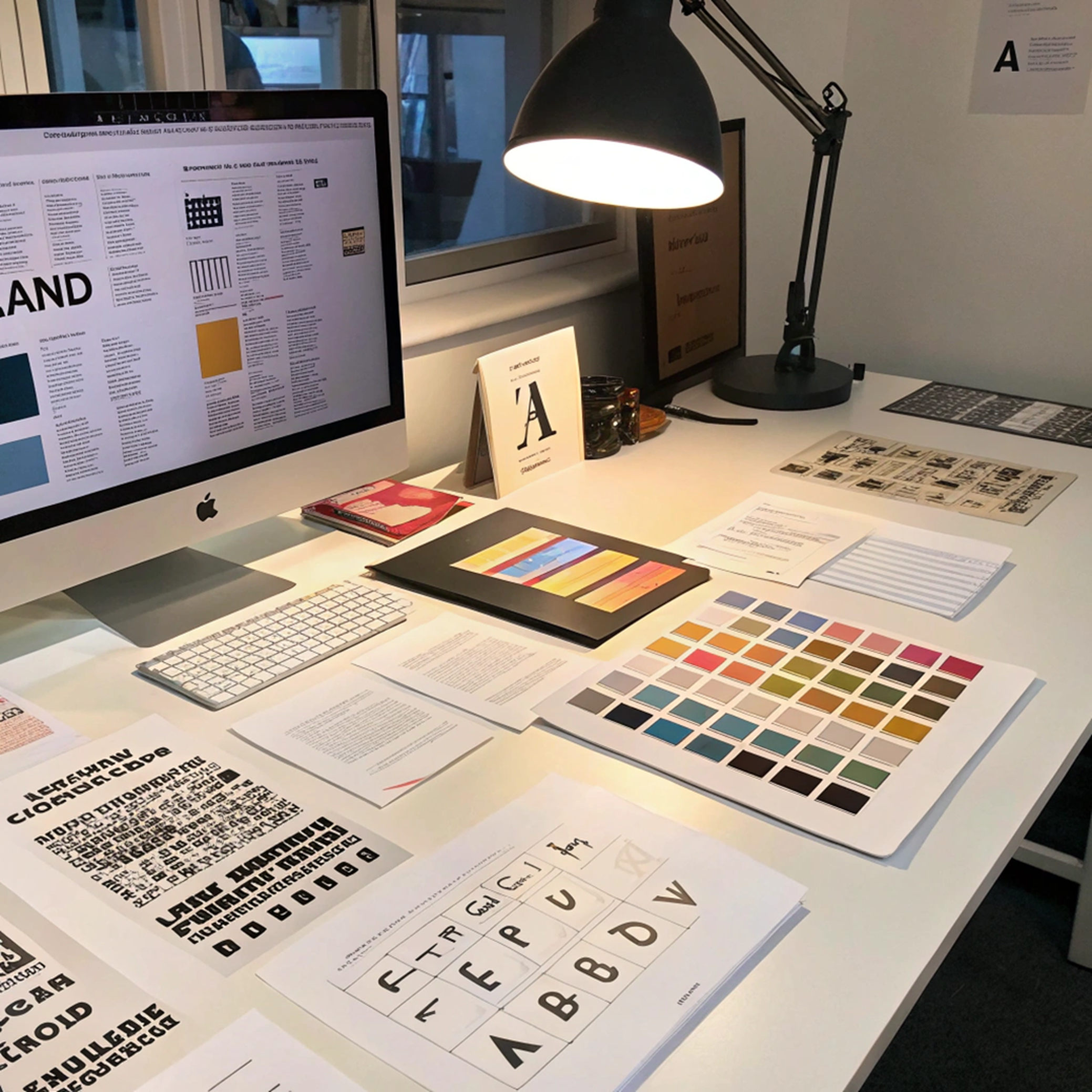Typography That Sells: Choosing Fonts That Reflect Your Brand Personality
Typography is the silent salesperson on your packaging. While customers may not consciously notice
your font choices, these decisions profoundly impact their perception of your brand and influence
purchasing behavior. The right typography can convey trust, luxury, playfulness, or reliability
before a customer even reads your product description.
Understanding Typography Psychology
Different font categories evoke distinct emotional responses. Serif fonts like Times New Roman
communicate tradition, reliability, and sophistication—perfect for luxury goods or established
brands. Sans-serif fonts such as Helvetica project modernity, cleanliness, and accessibility, making
them ideal for tech products or minimalist brands.
Script fonts add elegance and personality but require careful application. They work beautifully for
artisanal products, beauty brands, or anything targeting a feminine demographic. However, avoid
script fonts for technical products or children's items where clarity is paramount.
 The same product conveys completely different brand personalities through typography choices alone.
The same product conveys completely different brand personalities through typography choices alone.
Matching Fonts to Brand Archetypes
Your brand archetype should guide font selection. The "Explorer" brand (think outdoor gear) needs
rugged, adventurous typography—perhaps a condensed sans-serif with strong character. The "Innocent"
brand (baby products, organic foods) benefits from soft, rounded fonts that feel safe and nurturing.
Luxury brands often combine elegant serifs with generous white space, while budget-friendly brands
might use bold, straightforward fonts that emphasize value and practicality. Consider how Rolex uses
sophisticated serif fonts versus how Walmart employs simple, bold typography.
Readability Rules Everything
Beautiful typography means nothing if customers can't read it. Ensure sufficient contrast between
text and background—black text on white backgrounds remains the gold standard for legibility. Avoid
using more than two fonts on a single package to maintain visual hierarchy and prevent confusion.
Test your typography at various sizes. What looks stunning on your computer screen might become
illegible when printed on a small package label. Consider the viewing distance too—typography for
billboard-sized displays differs dramatically from small product labels viewed up close.
 Typography readability can make or break the customer experience at the point of sale.
Typography readability can make or break the customer experience at the point of sale.
Cultural Considerations and Global Markets
Typography carries cultural weight. Western audiences often associate script fonts with femininity,
while some Asian markets might interpret the same fonts differently. If you're targeting global
markets, research cultural typography preferences and consider how your fonts translate across
different languages and character sets.
Some fonts that work beautifully in English become problematic when adapted for languages with
different character requirements. Plan for localization from the beginning rather than retrofitting
later.
Testing and Refinement
Before finalizing your typography choices, conduct real-world testing. Print samples at actual size
and observe them under various lighting conditions. Ask target customers about their impressions—do
the fonts align with their expectations of your brand category?
Consider A/B testing different typography approaches if you're launching online. Small changes in
font choice can significantly impact conversion rates and brand perception.
 Thorough typography testing ensures your font choices perform effectively in real-world conditions.
Thorough typography testing ensures your font choices perform effectively in real-world conditions.
The right typography doesn't just look good—it sells. By aligning your font choices with your brand
personality and customer expectations, you create packaging that communicates effectively and drives
purchasing decisions.
Remember: great packaging typography feels invisible to customers because it perfectly matches their
expectations while subtly reinforcing your brand values. When typography and brand personality align
seamlessly, sales naturally follow.